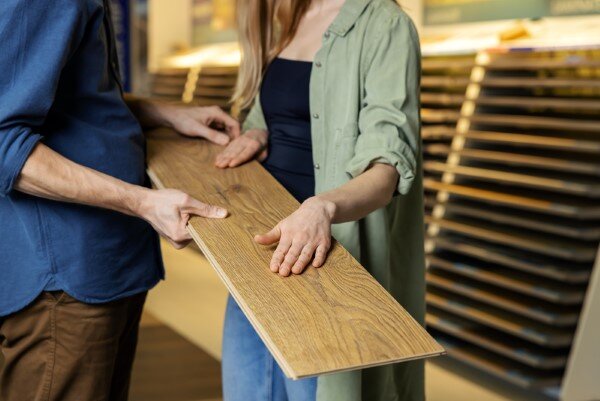
Since their release in the 80s as laminate flooring, floating floors have become increasingly popular. And, they’re not just laminate anymore– floating flooring options now include luxury vinyl flooring and engineered wood. Durability, easy installation, and cost are just a few of the benefits of floating floors.
What Are Floating Floors?
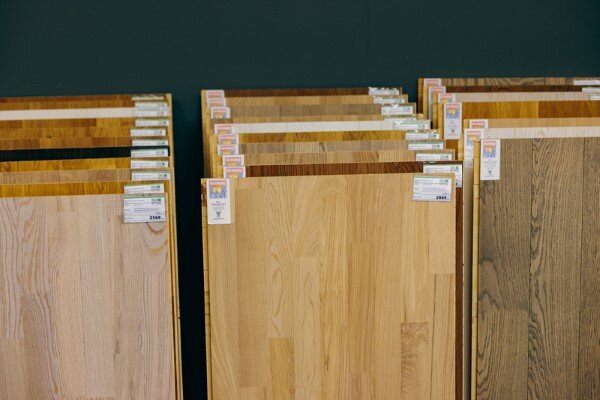
The term floating floor refers to flooring planks that have not adhered to a subfloor. A floating floor is installed on top of subflooring or even existing flooring, without using adhesives or nails, allowing it to “float”.
Benefits of Floating Floors
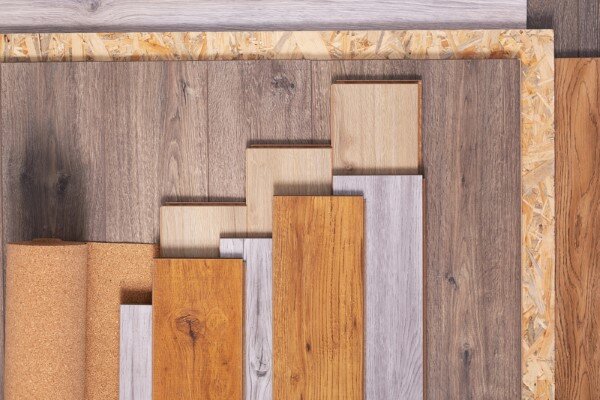
This installation method is easier, cheaper, and much faster than traditional methods. Each plank has a tongue and groove design, allowing planks to click-lock like puzzle pieces. Floating floors are a perfect DIY project for homeowners looking to revamp their space.
Floating floors come in a variety of designs, patterns, and color schemes. Per square foot, they are dollars cheaper than other flooring materials.
Types of Floating Floors
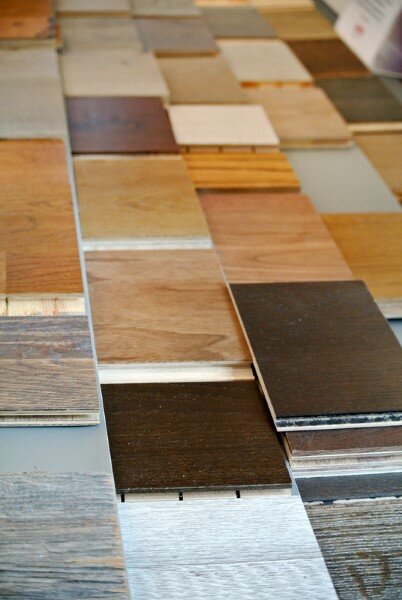
Floating floor options are laminate flooring, luxury vinyl plank (LVP) flooring, and engineered wood flooring. They come in individual planks and are commonly installed by homeowners. These multilayer flooring options typically consist of a core made from wood fibers, resins or vinyl, and a printed image on top (aside from engineered wood which uses real wood on top).
Laminate and LVP
Some of the benefits to laminate flooring material is the variety of colors and patterns readily available. It also feels soft underfoot and has a more realistic look than luxury vinyl plank flooring. Meanwhile, luxury vinyl plank, has excellent durability, even against water. Both of these options have a decorative surface layer instead of real wood and are very cost-effective.
Engineered Hardwood
Engineered wood flooring is more expensive than laminate and luxury vinyl flooring, but you may see an increase in real estate value. It has a real layer of wood on top, allowing it to look nearly identical to true hardwood, but uses a plywood core, giving the benefit of reduced cost. Engineered hardwood is a great choice for those looking for real wood, with a lower cost.
Floating Floor Installation
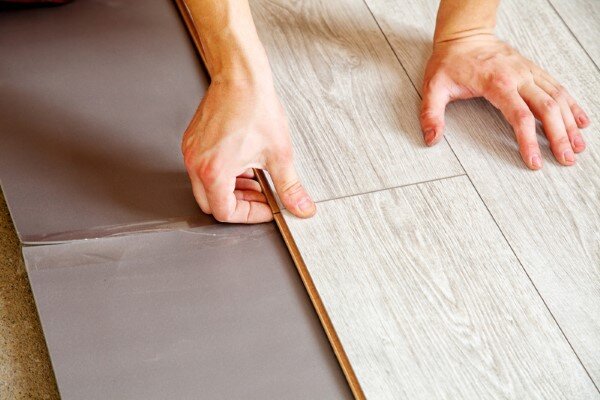
To install a floating floor, you will only need a few materials: tape measure, tapping block, utility knife or power saw (depending on floor type), mallet, spacers, and underlayment (if using).
Floating floor planks click and lock into each other with as little as a tap from a mallet and tapping block.
Take the time to install it correctly and avoid these common mistakes.
Drawbacks Of Floating Floors

As with all things, there are a few drawbacks to floating floors. One of the biggest drawbacks to a floating floor is that you will likely see little to no return on investment for LVP and laminate flooring compared to what you would see with something like hardwood or tile.
Once floating floors are damaged, you cannot sand and refinish them like you could with hardwood. However, you can carefully replace planks.
Conclusion

Floating floors are specifically designed to float on top of your subfloor. Floating floor installation is a project many homeowners feel comfortable completing themselves because you do not have to nail or glue the flooring material down to the subfloor– you can even install it over an existing floor.
Floating floors come in a variety of colors, patterns, and designs, giving endless style options.
They are versatile and can be used in many rooms of a house. Overall, floating floors are a great choice for many home renovations!
